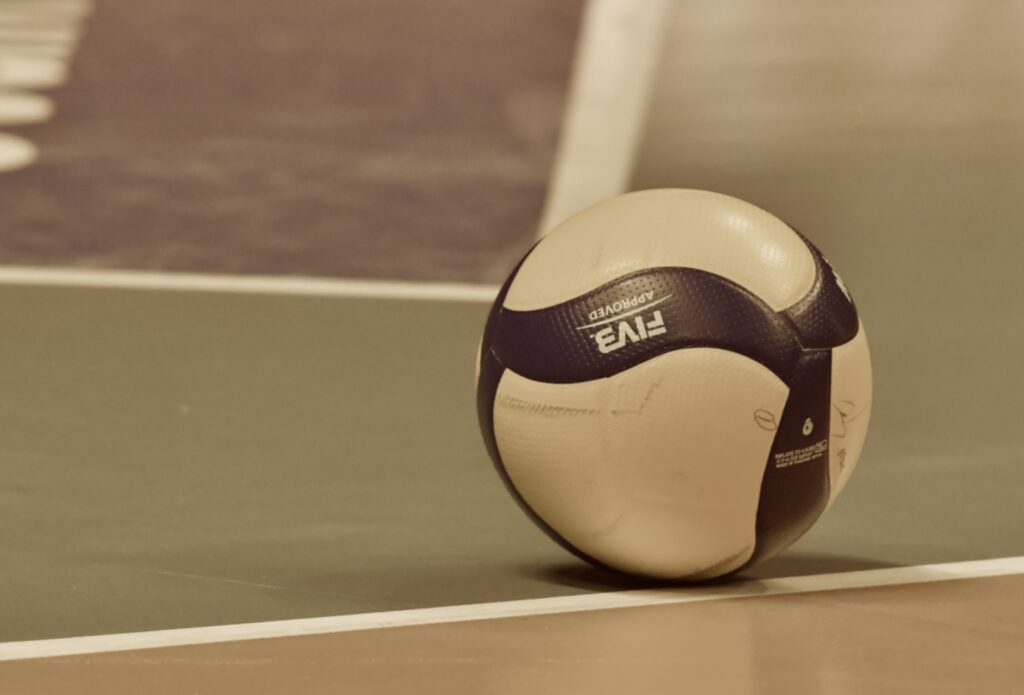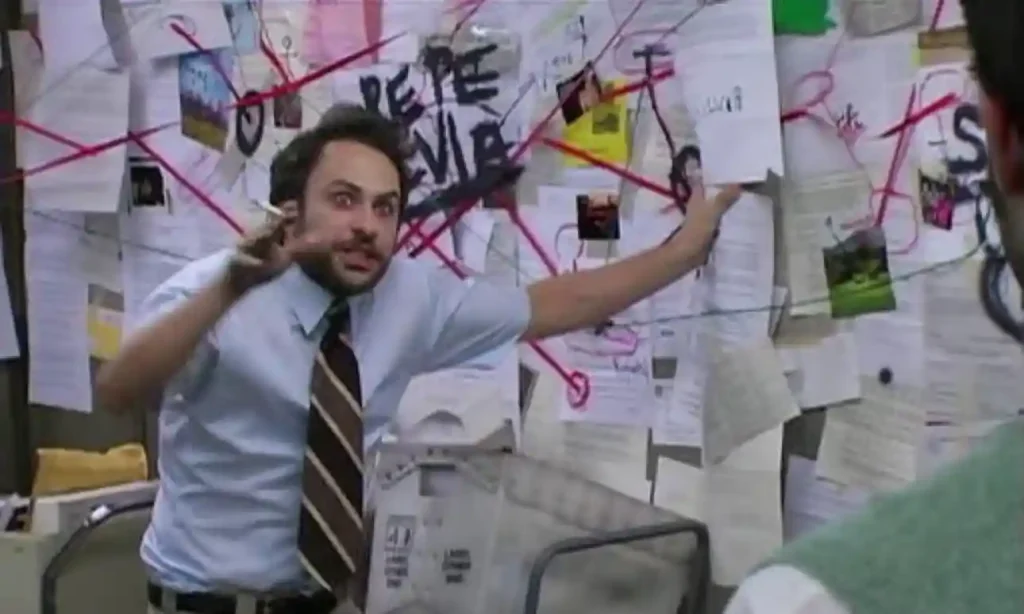2006 Volleyball Incident: A Comprehensive Analysis
The 2006 volleyball incident has been a pivotal moment in the history of sports diplomacy and international relations. This event not only highlighted the competitive spirit of volleyball but also underscored the broader geopolitical tensions between countries involved. As we delve into the details, it is crucial to understand the context and implications of this incident.
The world of sports is often a microcosm of global politics, and the 2006 volleyball incident serves as a perfect example of this phenomenon. It brought attention to the role sports can play in shaping public perception and international dialogue. The event unfolded during a crucial tournament, sparking debates and discussions worldwide.
Throughout this article, we will explore the background, key moments, and aftermath of the 2006 volleyball incident. By examining the details, we aim to provide a thorough understanding of its significance and the lessons learned from this historic event.
Read also:Chuck Hull Net Worth
Table of Contents
- Background of the Incident
- Timeline of Events
- Key Players Involved
- International Reactions
- Impact on the Sports Community
- Lessons Learned
- Media Coverage and Analysis
- Legal Implications
- Future Perspectives in Sports Diplomacy
- Conclusion
Background of the Incident
The 2006 volleyball incident occurred during a highly competitive volleyball tournament, drawing attention from fans and analysts alike. The event was part of a larger series of matches that aimed to showcase the best teams in the world. However, tensions between the participating countries added an extra layer of complexity to the matches.
Historical Context
To fully grasp the significance of the incident, it is essential to examine the historical context. The countries involved had a long-standing rivalry that extended beyond the realm of sports. This rivalry often manifested in various forms, including diplomatic disagreements and economic disputes. The volleyball tournament provided a platform for these tensions to surface.
Cultural Significance
Volleyball holds a special place in the hearts of many fans around the world. The sport is celebrated for its teamwork, agility, and strategic gameplay. The 2006 incident highlighted the cultural importance of volleyball and how it can serve as a unifying force or a source of conflict, depending on the circumstances.
Timeline of Events
The 2006 volleyball incident unfolded over several days, with each day bringing new developments and reactions. Below is a detailed timeline of the events:
- Day 1: The tournament began with high expectations from all participating teams. Initial matches showcased impressive skills and teamwork.
- Day 3: Tensions started to rise as one of the matches ended in controversy due to a disputed call by the referees.
- Day 5: The incident reached its peak when a heated argument broke out between players and officials, leading to a temporary halt in the tournament.
- Day 7: A resolution was reached after negotiations between the organizing committee and the involved parties, allowing the tournament to continue.
Key Players Involved
Several individuals played critical roles in the 2006 volleyball incident. Understanding their contributions provides insight into the dynamics of the event.
Coaches and Team Leaders
The coaches and team leaders were instrumental in guiding their teams through the challenging situation. Their leadership and decision-making skills were put to the test during this period.
Read also:Hector Lavoe Net Worth The Voice Of Salsas Untold Story
Referees and Officials
The referees and officials faced immense pressure to ensure fair play and maintain order during the matches. Their decisions often became the focal point of discussions and debates.
International Reactions
The 2006 volleyball incident garnered significant attention from the international community. Governments, sports organizations, and fans expressed their opinions on the matter.
Government Statements
Several governments issued official statements addressing the incident. These statements reflected the broader geopolitical tensions between the countries involved.
Fan Responses
Fans from around the world reacted passionately to the incident. Social media platforms became hubs for discussions, with many expressing their support or criticism of the involved parties.
Impact on the Sports Community
The 2006 volleyball incident had a lasting impact on the sports community. It prompted discussions on the role of sports in international relations and the need for improved regulations to prevent similar incidents in the future.
Reforms in Regulations
In response to the incident, sports governing bodies implemented new regulations aimed at ensuring fair play and maintaining order during competitions.
Enhanced Training for Officials
Officials underwent additional training to better handle challenging situations during matches. This training emphasized the importance of impartiality and effective communication.
Lessons Learned
From the 2006 volleyball incident, several valuable lessons can be drawn. These lessons are not only applicable to the world of sports but also to broader societal contexts.
- Importance of Communication: Effective communication is crucial in resolving conflicts and preventing misunderstandings.
- Need for Fairness: Ensuring fairness and transparency in sports is essential for maintaining the integrity of competitions.
- Role of Sports in Diplomacy: Sports can serve as a powerful tool for fostering international cooperation and understanding.
Media Coverage and Analysis
The media played a significant role in shaping public perception of the 2006 volleyball incident. Extensive coverage and analysis provided valuable insights into the event.
News Outlets
Major news outlets dedicated significant coverage to the incident, highlighting different perspectives and viewpoints. This coverage helped bring attention to the broader issues at play.
Expert Analysis
Experts in sports and international relations offered their analysis of the incident, providing a deeper understanding of its implications.
Legal Implications
The 2006 volleyball incident raised several legal questions that needed to be addressed. Legal experts examined the incident to determine the appropriate course of action.
Liability and Responsibility
Determining liability and responsibility was a complex process that involved multiple stakeholders. Legal frameworks were consulted to ensure a fair resolution.
Future Precautions
Steps were taken to prevent similar incidents in the future, including the implementation of stricter legal guidelines for sports events.
Future Perspectives in Sports Diplomacy
The 2006 volleyball incident serves as a reminder of the potential for sports to influence international relations. Looking ahead, there are opportunities to harness this power for positive change.
Building Bridges Through Sports
Sports diplomacy can play a vital role in building bridges between nations. By promoting mutual respect and understanding, sports can contribute to a more peaceful and cooperative world.
Innovative Approaches
Innovative approaches to sports diplomacy can help address the challenges of the modern world. Collaboration between sports organizations and governments can lead to meaningful outcomes.
Conclusion
The 2006 volleyball incident was a defining moment in the world of sports and international relations. By examining its background, key moments, and aftermath, we gain a better understanding of its significance. The lessons learned from this incident continue to shape the future of sports diplomacy.
We invite you to share your thoughts and insights in the comments section below. Your feedback is valuable in fostering a deeper discussion on this topic. Additionally, feel free to explore other articles on our site for more in-depth analyses of sports and global affairs.


